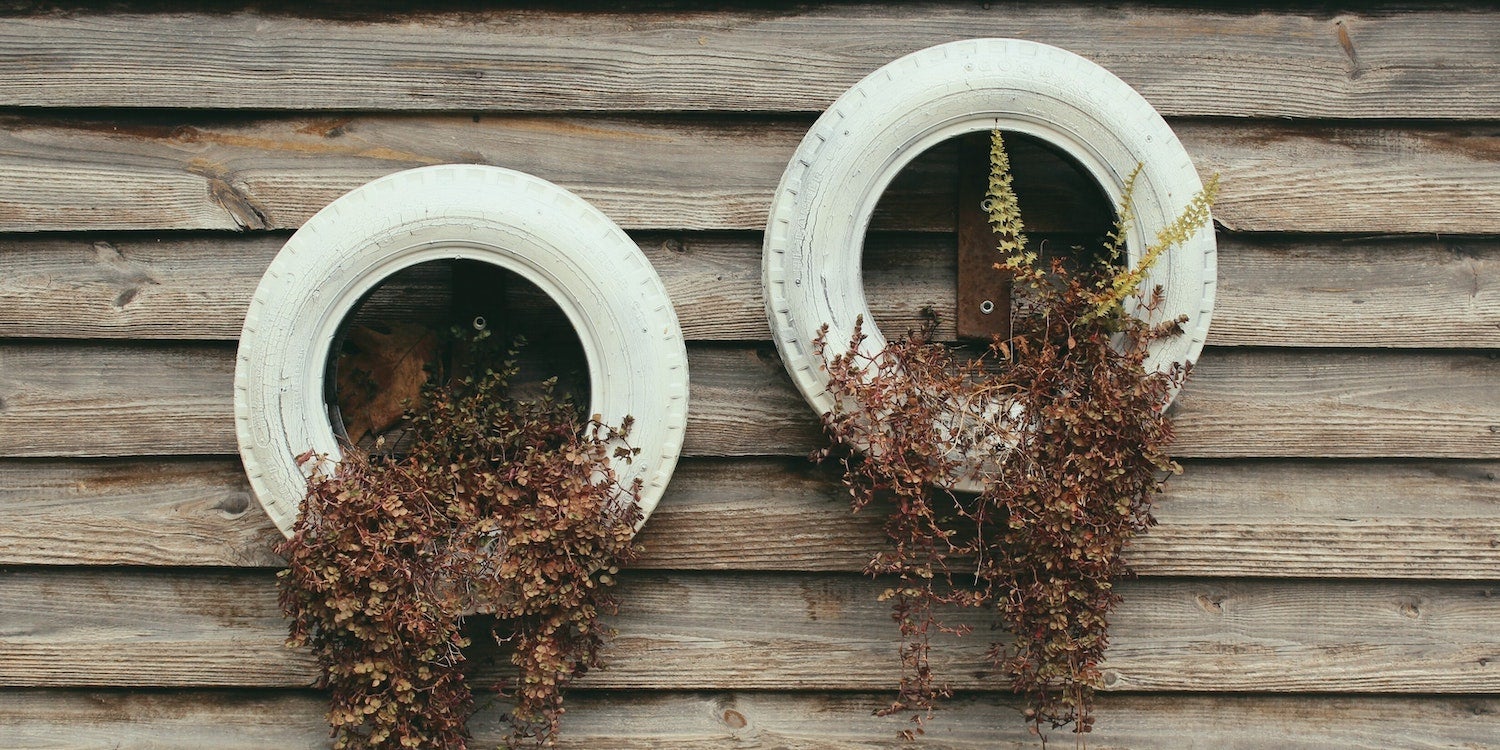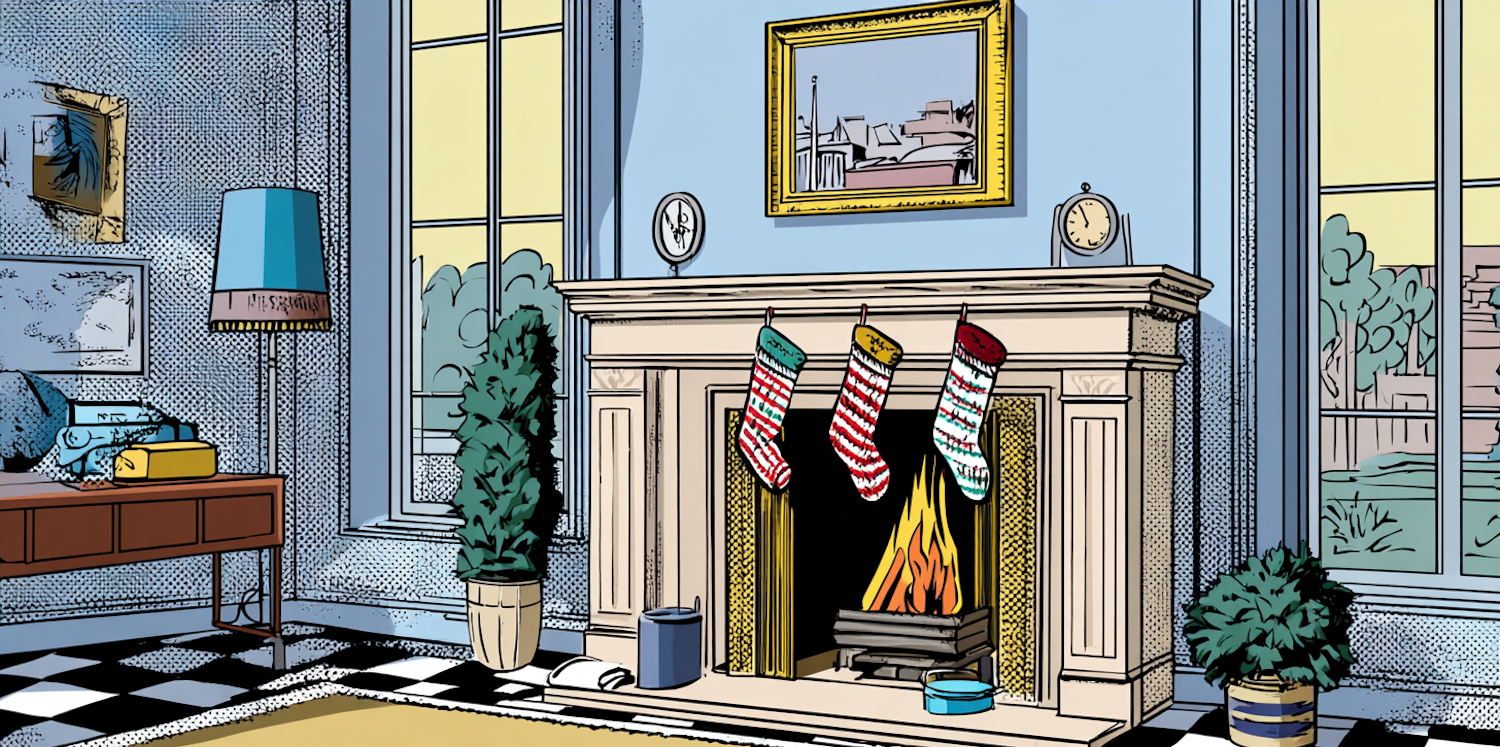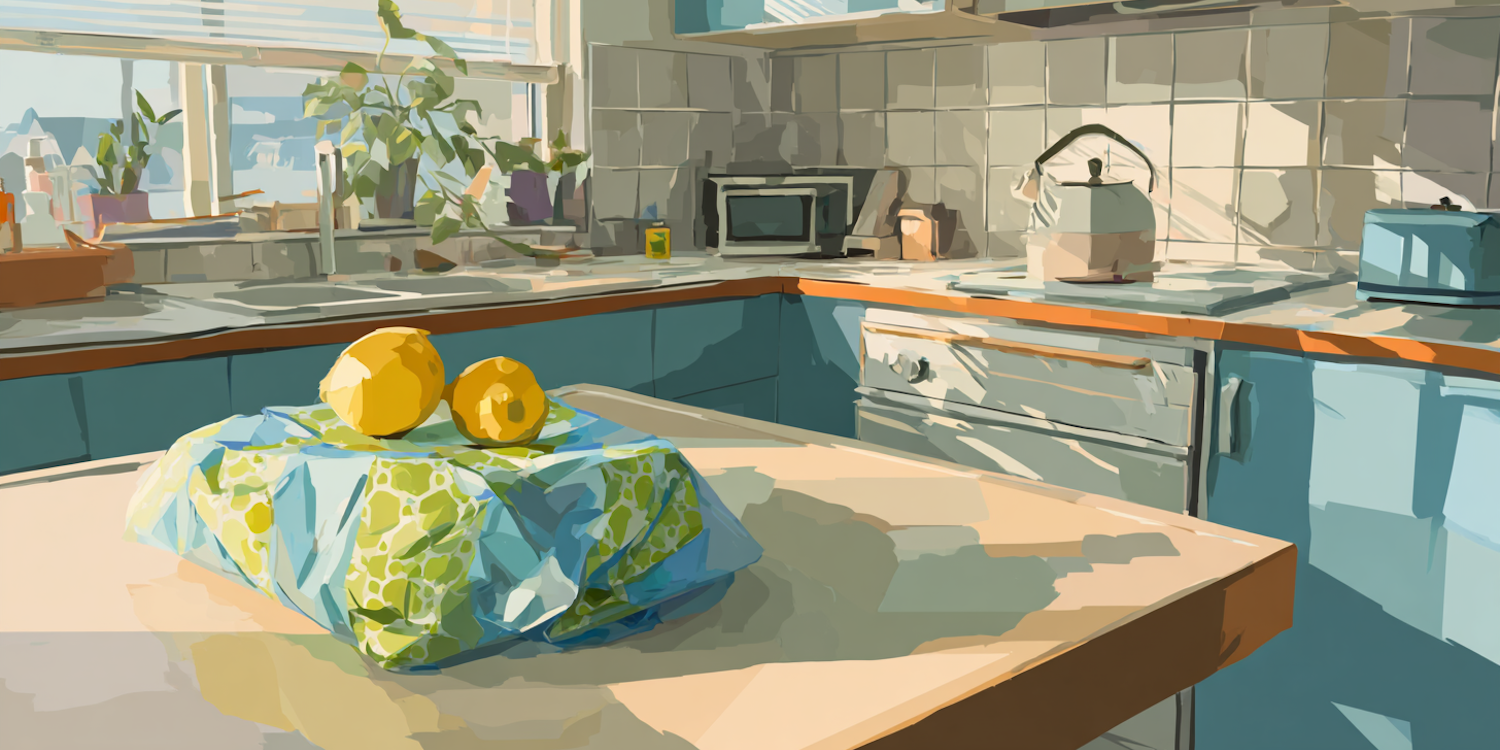In the sustainability world, recycling has long been everyone’s favorite pet. And for good reason – it’s impactful and simple to do, which is guaranteed to give us earth-lovers a good kick.
But the world is always turning, and new solutions are constantly being invented. So, while you might be very familiar with recycling… have you heard of upcycling?
Upcycling is a newer trend in the sustainability space, and with its many benefits, it looks like it’s here to stay. But, what’s the difference between recycling and upcycling, and which one is better?
In 2022, Reuse and Reduce is the name of the game. So today, we’re untangling the definitions to find out exactly what upcycling is – and whether it’s worth trying in the new year.
Hint… You may have just stumbled upon your new favorite pet.
What is Upcycling?
Upcycling is when old, discarded products are given a new life and function, by turning them into something else. Essentially, upcycling is a form of repurposing.
For instance, an aluminum can might become a colorful flower pot, or a pencil holder. An old wine bottle might turn into a fancy candle holder, Italian restaurant-style. And why not turn that old dish rack you never use into a file organizer in your office? All of these are great examples of upcycling.
The idea is that by giving something that you never use a new function – and maybe a couple of tweaks to fit your style or needs better – the new product becomes more beautiful, practical, and valuable to you. In this way, upcycled items can increase an old product’s worth.
But, how does this differ from recycling?
Upcycling vs Recycling – What’s the Difference?
With recycling, the aim is to restore the materials of an old product, so they can be made into new things. For example, we can melt down metals and remake them in a new shape.
But the process of recycling materials often degrades their quality, because it breaks them down. For example, recycled paper is mostly used for newspaper or toilet paper, since these products don’t need paper quite as strong.
That’s why recycling is considered a form of downcycling, meaning that the new product is often of lower quality than the old one. That doesn't mean recycling isn't needed, or important – it does drastically help reduce the use of new resources. But the process still has some emissions, and most materials can't be recycled forever.
Upcycling, on the other hand, focuses less on the material and more on the function. You don’t break the material down at all – instead, you come up with new uses for the product with just a few tweaks or changes to its original shape.
“Upcycling focuses less on the material and more on the function".
Say you’ve got an old pair of jeans that you’re growing tired of. You could recycle them, but summer’s coming up and you also need a new pair of shorts. Well, instead of putting the jeans in the recycling bin and buying the shorts brand new, you could cut the legs of the jeans, and tweak them to your liking.
And, boom – upcycled.
And suddenly, you’ve done multiple things. For one, you've given the old product a higher value, because now, you actually have use for it. The material is also the same quality as the old product, which most likely wouldn’t be the case with recycling.
But most importantly, you've avoided buying a brand new pair of shorts, that would have come with both waste and emissions of its own.
Of course, if you don’t have use for the jeans-legs, you can always recycle those, and once you’re done with the shorts, they can go in the recycling bin as well. Upcycling and recycling are not enemies – they complement each other. Both are needed and good in different ways.
The Benefits of Upcycling
So, why is upcycling good for the planet? As mentioned above, it accomplishes many things at once:
1. Keeps Products Out Of Landfill
Rarely does something good come out of landfill. Even biodegradable products can take longer to break down in landfills, and often with more greenhouse gases than they otherwise would. Not to mention the danger of certain non-biodegradable products in landfills.
Still, so much of what we use eventually end up there. By upcycling, you help to keep things in use for longer, ensuring we take care of our resources – and our trash.
2. Less Emissions and Energy Use
Almost every new product made uses lots of energy and lets out greenhouse gas emissions – whether in production or transportation (or both). As mentioned above, this is also true for recycling.
But when we upcycle, new products are made without complicated or high-emission manufacturing. Meaning, we can help to keep both energy use and emissions to a minimum – a key to solving the environmental crisis.
3. Saves Natural Resources
Similarly, upcycling helps to save natural resources. By repurposing what we already have, there’s no need to extract new raw materials or create synthetic ones. Since none of our natural resources are endless, this can go a long way toward a healthier planet.
But this, of course, doesn’t just stabilize our eco-systems. Extracting new resources is often both an energy and emissions-heavy process… By avoiding it, we again put less strain on the environment.
4. Moves Us Toward a Circular Economy
Since upcycling turns old things into new ones, we don't have to buy new products as often. And for that, well – your wallet will thank you.
But upcycling isn't just more economic for you. Collectively, it can also help us into a mindset of reusing and repurposing, rather than our current buy-and-toss culture. If we want a society that’s more conscious and circular, upcycling can be a great tool to get us there.
How can you Upcycle?
If you want to start upcycling, there are two main ways to go about it.
Firstly, look around your home – what do you need, and what do you have? Before throwing something away, get into the habit of asking yourself whether you could give it a new life as something different.
And have fun with it! Upcycling is a great way to disconnect and get creative, while also taking care of the planet. But remember, it doesn’t have to be complicated – flourish is not a must with upcycling, so don’t let that put you off.
If you want a few ideas to get started, there’s an endless pool of DIY upcycling ideas online. A good resource to start with is UpcycleThat – they have both a Use That and Make That category, which can spark ideas no matter which end you want to start in.
“Upcycling is a great way to disconnect and get creative, while also taking care of the planet.”
But, what if you’re not into the whole DIY thing?
No worries – there are other ways. Many brands have adopted upcycling into their manufacturing, to make their products more circular and eco-friendly. For example, these doormats and dog toys are made from 100% reclaimed lobster ropes, slowly helping to clean up the ocean.
Choosing products from an upcycling brand is a really great way to make a positive impact. On a small scale, it's one less product using up raw materials, excessive energy, and emitting unnecessary greenhouse gases. But on a larger scale, you also show support for upcycling companies and push for more of them in the future.
We hope this inspired you to incorporate upcycling into your life this year! What’s one thing you would like to try to upcycle? Share with us in the comments below.
Psst… In a learning mood? Check out our blog about sustainable switches next.






